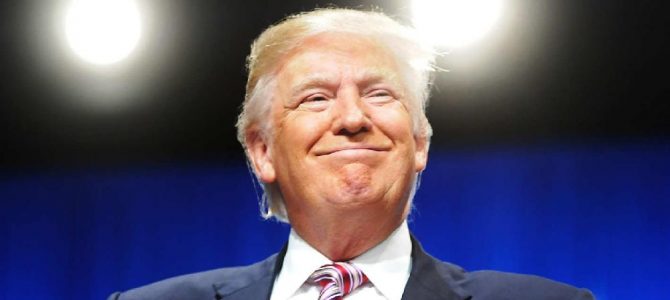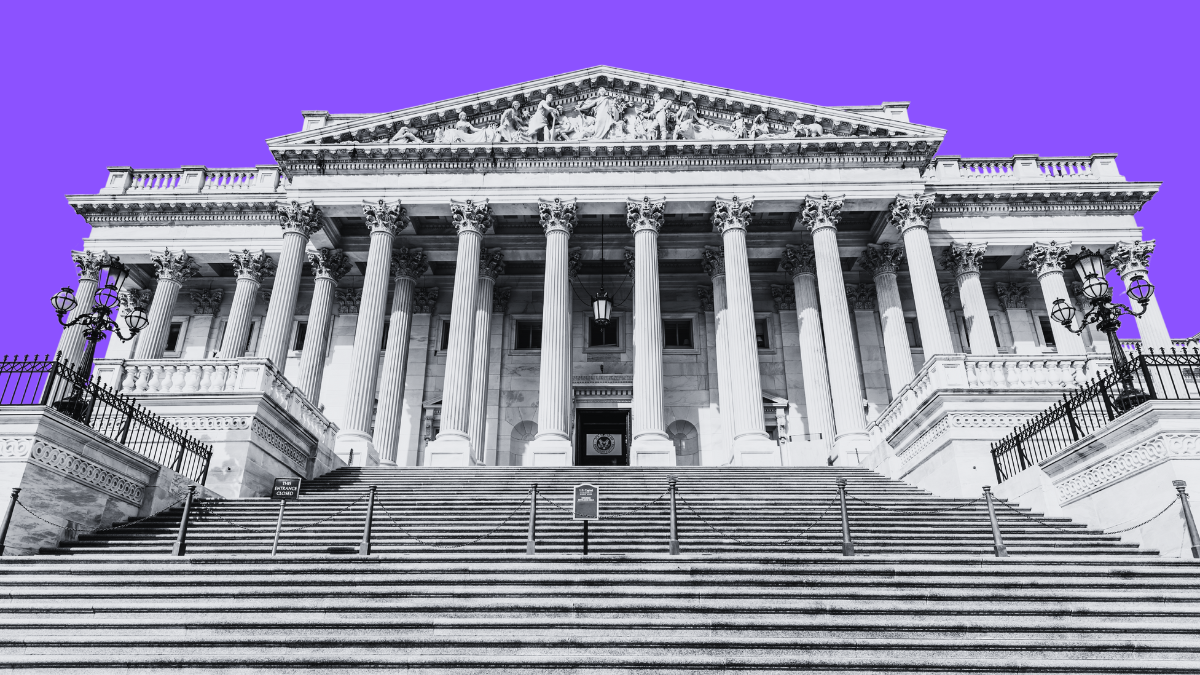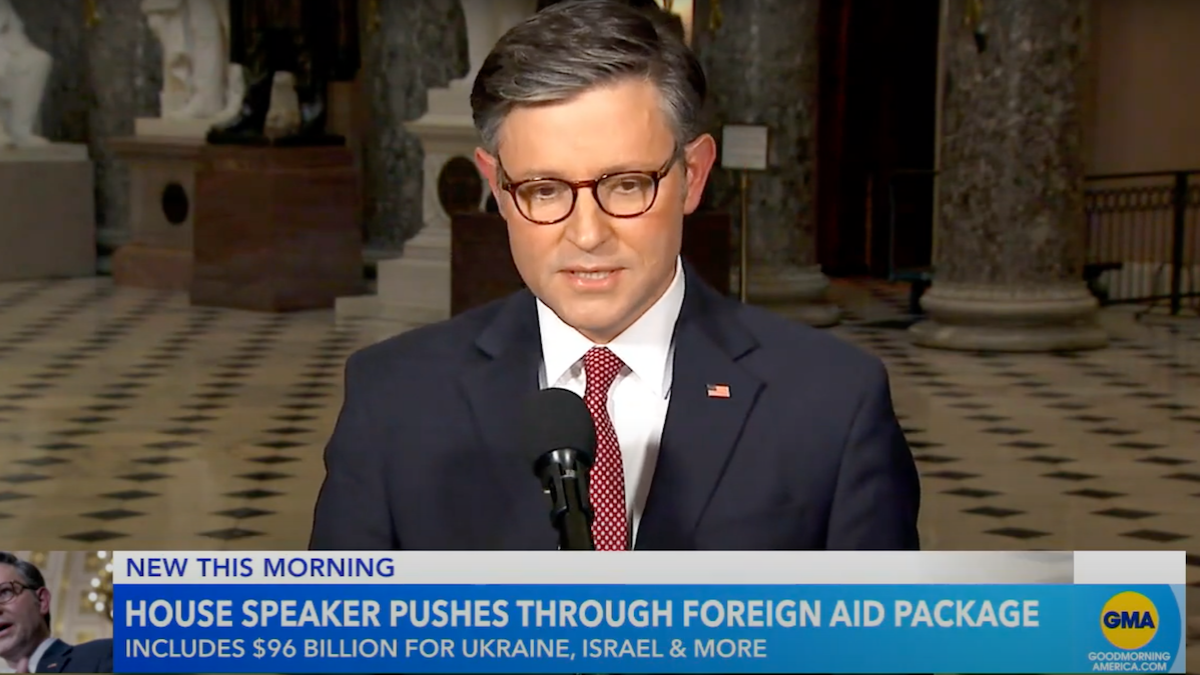
Candidate Donald Trump was fun to watch, but President-Elect Trump may be even more interesting. A friend that studies communications agrees: in about 10 years, we’ll talk about the near-constant media “elevator shot” and how Trump revolutionized presidential communications with social media.
But for now, the political and pundit classes are still confused, unable to break out of their cycle of hysterics and insults. Meanwhile, Trump continues to change American politics.
Trump’s seemingly off-the-cuff and thoughtless tweets are no small part of this fascinating display of political skill. With 140 characters or fewer, Trump plants seeds of thought necessary to restore republican government.
Trump’s Tweets Keep Opponents Off-Balance
The most obvious tactical gain afforded by Trump’s tweets is that he keeps his political opponents off-balance.
Hampered by bias and pride, politicians and pundits foment another tired cycle of dismay with every passing comment. As others have pointed out, they are hysterical. They are neither willing or able to consider whether they may have been wrong about Trump. The talking heads assume every new comment from Trump is just a hateful, thoughtless tantrum by a man with tiny hands and a pea brain.
What is more, Trump’s comments are like nails on a chalkboard—they screech against the previously dominant political speech codes. The media used to control the message. Now, they do not. Trump’s words drive the media insane because he says them on Twitter, and because his words are so foreign to their liberal sensibilities.
Trump Maintains Control of the Fight
One might understand this best in terms of John Boyd’s famous OODA Loop. Used by military tacticians, the Observe, Orient, Decide, and Act loop describes the cycle in which opponents operate during a fight. Whoever can cycle more quickly gains the initiative and controls the fight. Whoever cycles more slowly remains off-balance, constantly having to re-observe and re-orient to circumstances dictated by the enemy.
The media cycles more slowly. Trump retains initiative by constantly feeding their hysteria and confusion with a steady diet of controversial tweets. Each new tweet grabs their attention and they restart the process. Like clockwork, every 24 to 48 hours, just as the hysteria is winding down, Trump releases a new comment to spool the media back up. And all the while Trump is moving on.
With their heads spinning, Trump’s opponents cannot see what they themselves are doing. The media cannot avoid talking about Trump all of the time, and each tweet drives a wedge between them and the American people.
Trump Tweets What Many Americans Think
Instead of considering Trump’s words and sentiment, pundits and politicians delight in what they see as his stupidity and rashness. They heap scorn on his foolish ideas. As others at the Federalist have argued, the media cannot hide its “condescension and unnecessary bias.” The problem for them? Trump’s ideas are shared by millions, if not most, of Americans.
For instance, when Trump remarked that millions of people likely voted illegally in the election, the media scolded him. They said his comments “had no basis in reality” and were “baseless,” as if people care about proof in a tweet.
Shockingly, “fact-checking” Trump’s claim failed to uncover the clip of President Obama appearing to assure illegal immigrants that they are safe to vote because ICE would not be able to find them if they did. Desperate to protect the Democratic voting bloc and tactics, the left has determined that everyone should agree there is no need for voter ID laws. But 4 out of 5 people disagree, indicating that people actually think it is too easy to vote illegally. Whether or not there is hard evidence that people voted illegally in this election, Trump’s comments are not unreasonable to most Americans.
In another instance, Trump said people should not be able to burn the flag without facing consequences. The pundits were shocked and the political class almost called for revolution. In this case they recognized what most Americans agree, but still could not help but scorn on the idea. They said it was nothing but a bone thrown to Trump’s racist, stupid base.
Trump’s Tweets Condemn the Ruling Class
Charles Krauthammer, at least, is starting to get it. Each time members of the press react (and they cannot help themselves) they show how disconnected they are from almost 75 percent of Americans.
Largely through social media, Trump is setting the terms of the debate. He’s playing the opposing side like a fiddle. The pundit and political class are unable to make their own arguments, and with every new story, they show how detached they are from normal Americans.
The most important aspect of Trump’s tweets, however, is the most subtle. With every passing comment, Trump hints at the conversation that must be had to restore government of the people, by the people, and for the people.
By keeping his opponents off balance, Trump prompts his opponents to drive a wedge between themselves and the American people. And what better way is there to do this than to get the ruling class to make contrary arguments while looking smug, condescending, and opposing the common sentiment of the American people?
Take the infamous flag-burning tweet, for example. Assuming Trump spoke out of ignorance, media personalities like Chris Cuomo felt they had to instruct others that “there is constitutional law that burning the flag is legal.” Charles Lane explained that we can never take away someone’s citizenship as punishment, and flag-burning is a natural right enshrined in the Constitution because the Supreme Court said so. The media and political class all seem to agree: once the court decides something, it has “pretty much settled it.”
Who Rules: The People, Or The Court?
But this is not really this case, and changing government requires reducing the power of the Supreme Court in eyes of the people. This is not to say that stare decisis is unimportant. Precedent is certainly powerful, and reverence for rulings of the Court is an important part of rule of law. But so is reverence for the people’s ability to make the law. Abraham Lincoln explained this tension well in Springfield back in 1857, when he said that “judicial decisions are of greater or less authority as precedents, according to circumstances.” We need to examine the circumstances of our time.
Consider: if you want Trump to do what he said he will do with regard to abortion—make the issue “go back to the states” so that the people can make it illegal or not—then people must accept that the power of precedent does not carry the force of law. More importantly, people must be willing to pass laws knowing they will face legal challenge in the courts. People may even need to put the power of the court back in its rightful place: limited to individual cases and controversies. In other words, the people must begin to ask the question, “who rules, they or the Court?”
The simple fact is that if citizens determine that a man has no more natural right to burn the American flag than he does to yell fire in crowded theater or call another man’s mother a whore without fear of repercussion (we used to call those “fighting words”), then they can do so because law is not made by the Supreme Court.
Trump’s Tweets Foster Spirited Dissent
As the Bill of Rights is meant to attest, not all laws are valid. In fact, making valid laws that are both necessary and proper, entitled by “the Laws of Nature and of Nature’s God,” is tricky business. But tricky or not, it must be done to secure the natural rights of men. Since “all men are created equal,” we build our government on the consent of the governed. And the law, made according to the proper process, rules. As a result, all legislative power has been vested in the Congress of the United States—not the Supreme Court. As Alexander Hamilton said, “Here, sir, the people govern; here they act by their immediate representatives.”
Given the circumstances of today, returning to the understanding that the people govern is important. As Trump says, once he appoints truly pro-life justices, overturning Roe vs. Wade will “happen automatically.” But this does not mean it will happen by itself. It will happen automatically because of how law works, if “we the people” elect representatives that make laws against abortion and a case gets taken to the Court. Once that Court rules against precedent—which it can do because precedent does not have the force of law—then Roe vs. Wade may no longer be a “settled issue” (as Carly Fiorina has said).
Trump’s tweets, and the response they engender, foster both the necessary question of the Court’s power as well as the spiritedness to stand against it. Whether it’s immigration, abortion, flag-burning, or cutting the administrative state, the path to victory for Trump’s administration includes overcoming the power of the Court and restoring the power of the people to make their own laws.
Is Trump’s Twitter Strategy Intentional?
It is possible that I am giving Trump too much credit. But I think any assumption that Trump is unaware or that he acts without intention should be suspect at this point. After all, he did just accomplish one of the most impressive political victories in American history. One does not defeat every contender in both major political parties—in the face of the power of almost every major institution and office on Earth—without being astute, aware, and deliberate.
There are also plenty of clues that Trump knows he must restore the three branches of government to their equal stations. He argued months ago that we need “to bring to Washington a president who will rein in the federal government and get Congress to do its job.” Just recently he explained to Sean Hannity that he would not use executive orders because Congress will actually work. Paul Ryan, who has a vested interest in the issue, verifies this, saying:
We’ve talked about– the Constitution, Article I on the Constitution, the separation of powers. [Trump] feels very strongly, actually, that– that, under President Obama’s watch, he stripped a lot of power away from the Constitution, away from the Legislative Branch of government. And we want to reset the balance of power, so that people and the Constitution are rightfully restored.
Trump may be incredibly artful. Or he may simply have great political instincts. Either way, the point is moot. Whether he intends to do these things or no, he certainly appears to be doing them—and it is safe to assume that he will continue doing so. Americans who want to live in a republic should be glad.









